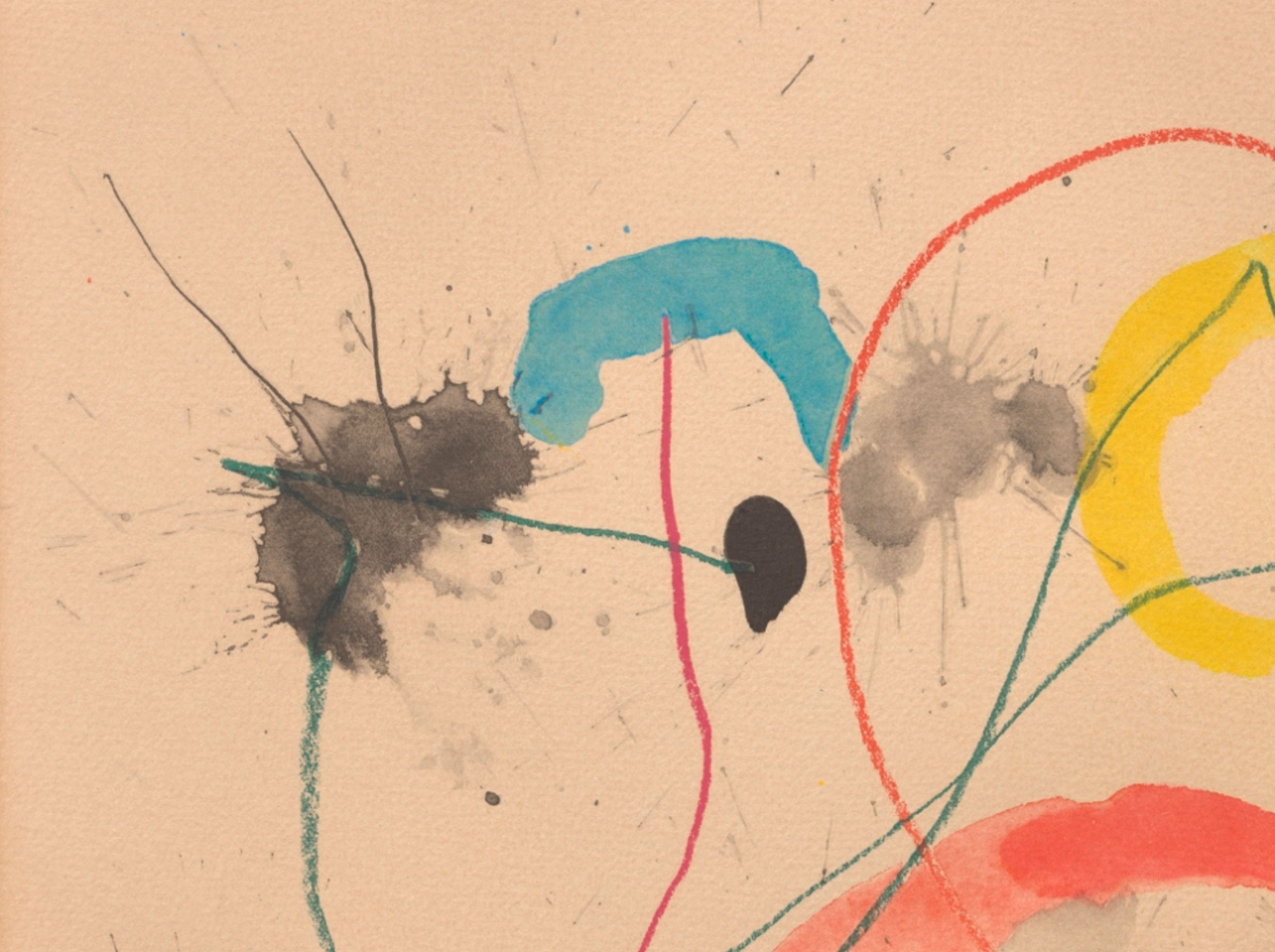I believe few people remember the logo of the 1992 Barcelona Olympics. Above the inevitable five rings, there was a stylized athlete. The head was blue like the sea, and the arms and legs were yellow and red like Spain. The athlete, a true champion, was running and spreading his arms to celebrate victory, much like marathon runners or cyclists who raise their arms in triumph when they cross the finish line, opening themselves up to the public and the sky to embrace success.
And in fact, the 1992 Olympics were a celebration and a success, actually they were a success precisely because they were a celebration. On the Costa Brava, the jubilee of sports and the new world order unfolded. The new Barcelona reminded everyone that the two worlds had ended and only one remained, where thousands of territories could compete on the global stage.
This is what the Catalan capital did. With the Olympics, it implemented a major cultural and industrial conversion project based on tourism, entertainment, and creativity. It was an epochal movement undertaken by Barcelona—though the same can be said for Berlin, Dubai, Milan, and Brussels, among others—interrupted in about thirty years only by a dreadful terrorist attack and today by the unknown Neovampirism of the Coronavirus.
But let’s return to the 1992 Barcelona logo. It’s so swift in its stroke and colorful that it seems like a detail from a painting by Miró, the great artist born in April 1893 in the Catalan capital. I, too, was born in April, and in April 1992, I was in Barcelona visiting the city and its dazzling Olympic wonders with my schoolmates. On the Montjuïc hill, freshly polished for the occasion, is the Joan Miró Foundation, founded in 1975.
At that time, visiting a museum was quite unusual for me. I was accustomed to occasional pilgrimages with my father to the Castello di Rivoli, which would later become my personal “temple,” and to some sporadic visits to the dusty Egyptian Museum or the didactic collection of the Galleria d’Arte Moderna in Turin.
The Miró Foundation was like a washing machine. I entered one way and came out another. Years later, the Catalan master made me feel nauseous, but at that moment, Miró, who was more than anyone capable of balancing line, color and form, pulled me into a universe governed by a single verb: EASY. Yes, Miró made those years and the world to come feel easy and possible.
And indeed, from the terrace and the bookshop of that museum, my journey of study, discovery, exploration, and fantasy began. Some were good, others less so, but without that positive and abundant feeling, everything would have appeared irreparably inappropriate, stale, distant, and unreachable. That was real education!
Biography
DENIS ISAIA | Curator at the MART Museum of Modern and Contemporary Art of Trento and Rovereto, and Contemporary Art Critic. In 2006, he initiated the Best Art Practices competition for young curators. In 2007, he won the Young Art Prize Borsa Arte Giovane in Genoa. In 2008, he was an assistant to Raqs Media Collective for Manifesta 7, with whom he co-curated 45 events in 111 days for the project Tabula Rasa. In the same year, he founded the European Prize for Long-Term Passions, which is now in its second edition. His research focuses on unorthodox curatorial practices. Since November 2012, he has been a member of the curatorial board of DOCVA, and since 2013, he has been curator, together with Simone Frangi and Barbara Boninsegna, of Live Work, the Performance Arts Prize of Centrale Fies. He has developed collective projects and personal exhibitions, including From and To, Everyone is International in Their Present, Qatees, Three Stories of Balance on the Threshold of Fiction, The Title is the Audience, Panorama4. Among his most recent curated exhibitions is Contemporanee-Contemporanei, featuring works from the Fasol Collection at the University of Verona.
